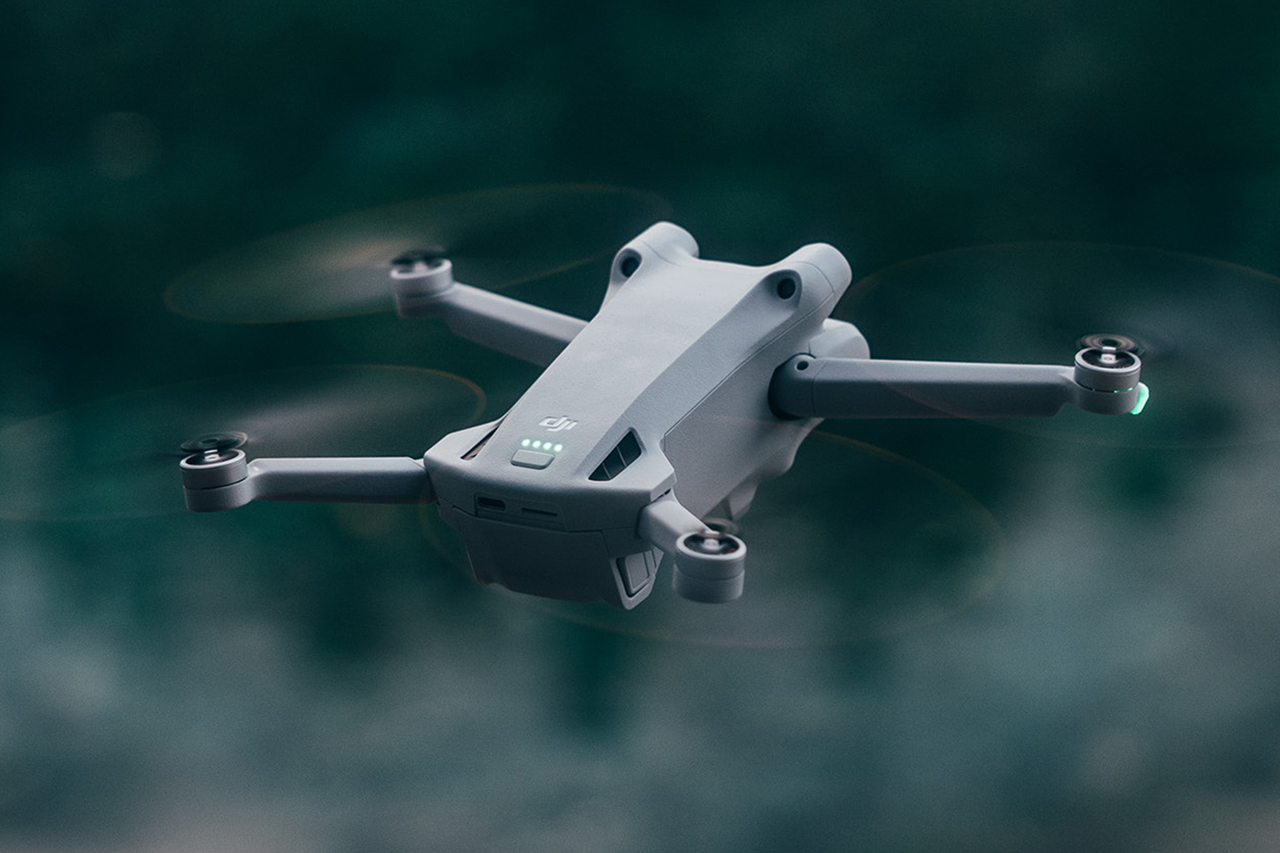
With its improved battery life, intelligent features, and a fully upgraded imaging and visual sensing system, the Mini 3 Pro is the best sub-250-gram drone yet by DJI. But now that the drone has started to reach more and more users, there have been some complaints regarding the aircraft overheating. Here’s why it is happening…
It’s not uncommon to see smartphones getting a little hot because the battery is working too hard to process all the ongoing tasks. But the Mini 3 Pro’s overheating origin story comes from a rather unusual source: drone laws.
When you’re aspiring to make a robust camera drone that’s 249 grams or lighter – so it can be considered safe in most countries – every little component that goes inside the aircraft matters.
The tradeoff for Mini 3 Pro came in the form of an internal cooling fan that the team had to replace to reduce the overall load. There were other advantages too; not having a built-in fan would effectively reduce the drone’s power consumption and increase its battery life.
Nonetheless, the little guy needed to cool. So, the team built a heat sink on the bottom of the drone, allowing the aircraft to use the wind generated by the propellers to dissipate the heat generated during flight.
Read: DJI slashes Mini 2 drone Fly More Combo to $479 for Prime Day
This new solution worked perfectly well when the drone was flying. However, when the Mini 3 Pro was kept on standby mode on a flat surface (such as the ground or a desk), heat dissipation started to get affected after a while.
To work around this, DJI equipped the drone with a temperature control system. The system ensured that when the drone was in standby mode, it could detect the current temperature and decide whether to automatically power off to prevent overheating.
DJI then tested the Mini 3 Pro in an indoor environment with an ambient temperature of 25℃ and determined a common standby time period for the drone when kept in a stationary state. If this time was exceeded, the drone could automatically power off to prevent overheating.
- When in standby mode on the ground: about 22 minutes
- When updating firmware: about 19 minutes (sufficient for three upgrades)
- When using QuickTransfer immediately after powering on: about 35 minutes
- When using QuickTransfer after landing: about 35 minutes
DJI found this time period to be sufficient for most tasks, but some users gravitate toward workarounds such as using a desk fan to cool off the drone during updates or transferring footage by taking the SD card out rather than plugging the drone in.
Bottom line? Some overheating is a slight tradeoff for a sub-250-gram drone whose feature-set includes 4K/60fps video, ActiveTrack, tri-directional obstacle sensing, and 90-degree gimbal rotation to shoot high-quality vertical images for social media. It’s important to remember that the $759 Mini 3 Pro retains the same compact foldability for packing and taking anywhere as its predecessors, but it packs in more built-in features than any other DJI drone its size.
Read: DJI to host commercial drone conference AirWorks 2022 in Las Vegas
FTC: We use income earning auto affiliate links. More.




Comments